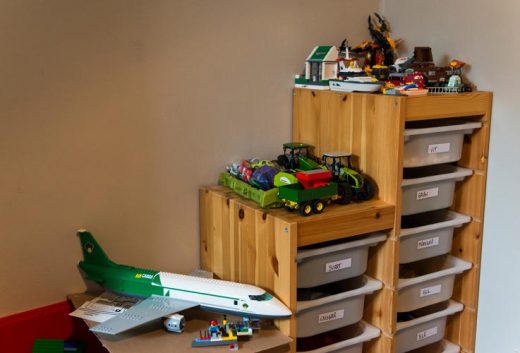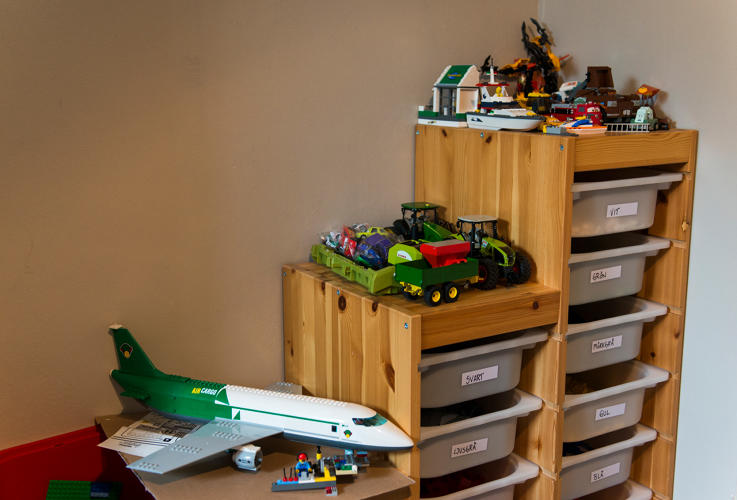What Photos Of Toys And Toilets Can Teach Us About Income Inequality
The favorite toy for the four kids of a family in Zimbabwe that lives on about $2 a day is a homemade ball made from trash. For the kids of a Kenyan family earning roughly 50 times as much, it’s a Samsung tablet.
A new site called Dollar Street documents the everyday objects both families use—toys, chairs, toothbrushes, stoves, and more than 100 other items—along with the same set of items for families at all different income levels around the world.

“If you search for ‘sofa’ on Google, you will find the fancy sofas affordable only to the richest percent of the world population,” says Anna Rosling Rönnlund, cofounder of the Gapminder Foundation, a Sweden-based foundation that developed the new site. “On Dollar Street, you find the real sofas. On all income levels.”
For the poorest families, a “sofa” might be a piece of wood or a plastic chair. A toothbrush, one of the 135 categories documented in the project, might be a twig. A stove might be a wood fire.
In part, the project is meant to make the similarities in everyday life around the world more obvious, and make it easier to relate to someone in Burundi or Cambodia. Everyone has the same basic needs, but different solutions.
“Usually what we see in the media is the extraordinary, not everyday life,” says Fernanda Drumond, project manager for the Gapminder Foundation. “We tried to get the everyday life of people, including the objects and solutions that all families arrange for everyday challenges.”
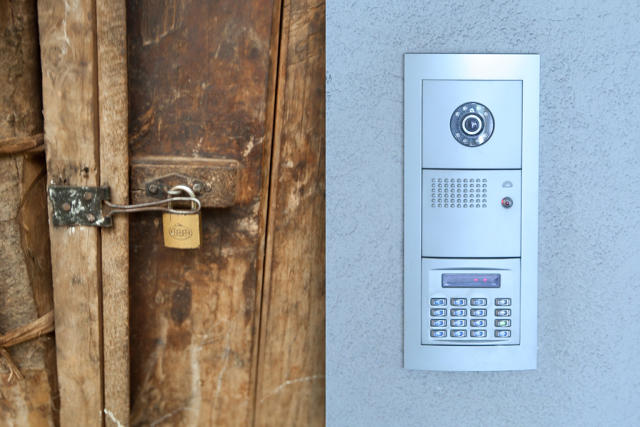
It’s also designed to dispel stereotypes—if Americans picture a particular lifestyle for Africans, it’s not always accurate. Income, not location, determines how people live.
“If you look at wealthy families in the United States and compare to wealthy families in Mexico, and wealthy families in China or India, you’re going to see that they’re very similar,” says Drumond.
On the website, families are arranged by income, with that dollar amount giving them an address on Dollar Street.
The site also makes it easier to understand what living on a dollar or two a day actually means. It’s possible to browse through all of the different solutions for a different need, such as beds or toilets or a lock on a front door.
“Usually for the poorer family, there is no lock on the front door,” says Drumond. “If there’s a door, the door is just closed. But as you progress to the right on Dollar Street, as the income increases, you start seeing a rope or a chain. Later on, it becomes a padlock. As people get more money the lock becomes better.” The richest families—like most people reading this—can also afford to think about how a lock looks, not just how it works.
Dollar Street has documented more than 200 homes, in 50 countries, so far.
[All Photos: via Dollar Street]
Dollar Street documents the everyday objects of families at all different income levels around the world. This is a soccer ball in Zimbabwe.
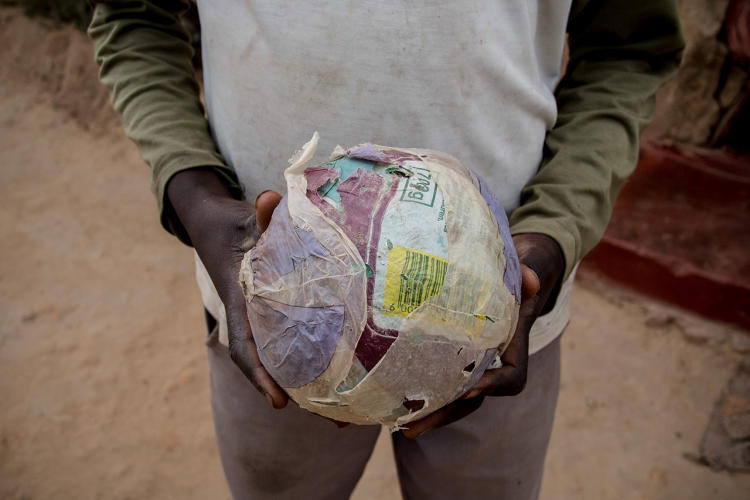
Here is the ball a wealthier family in Bolivia uses, along with more toys.
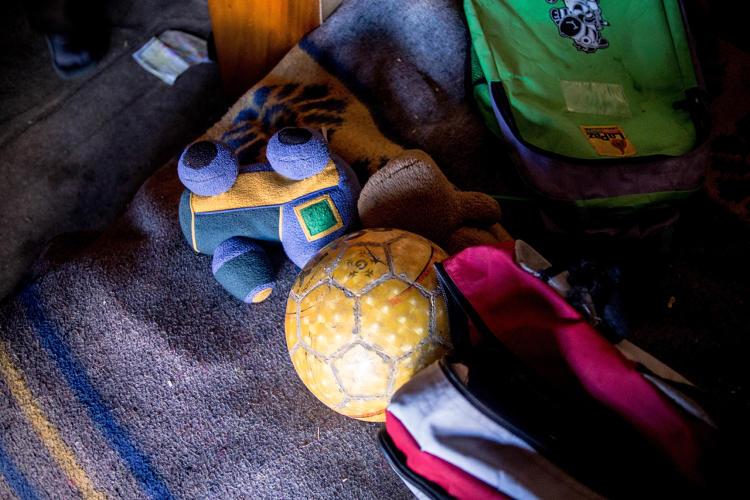
And the toys of a child in Sweden
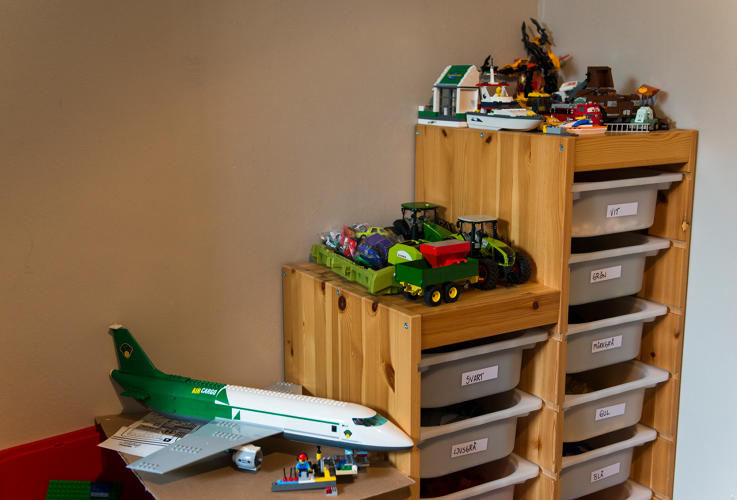
This is the bathroom for a family in Burundi.

Here is one in South Africa.
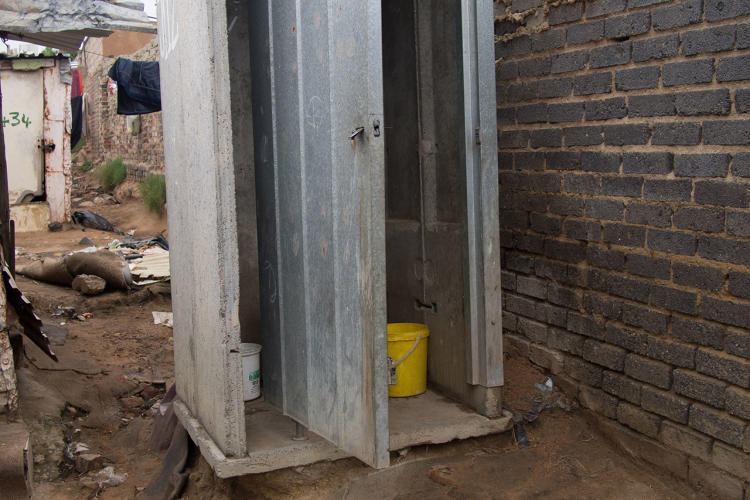
And one in the United States
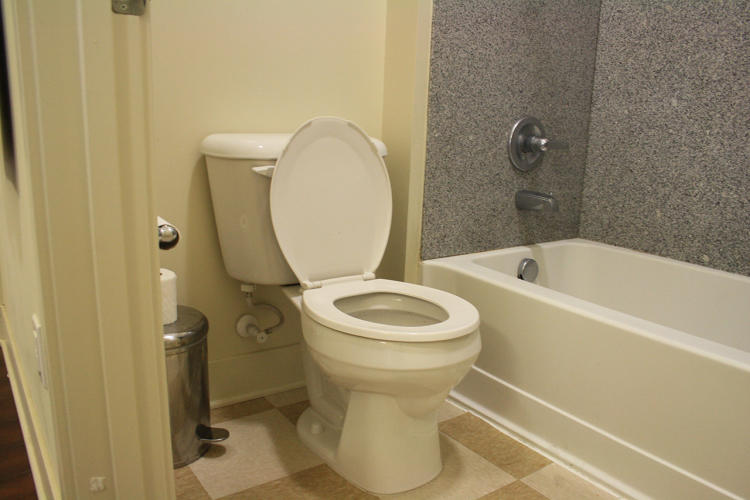
This is how the family in Burundi keeps their house secure.
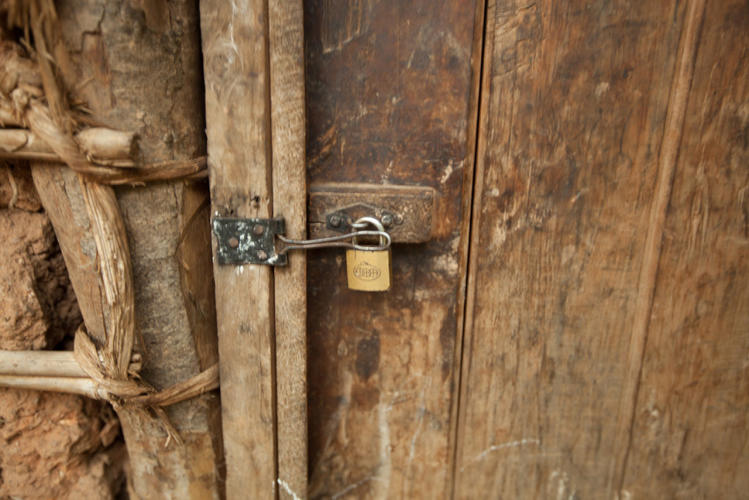
And in Latvia
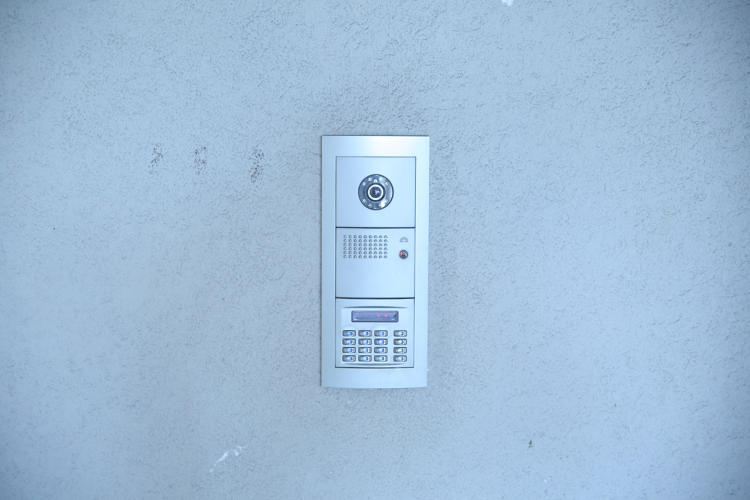
Where you sit in Bangladesh
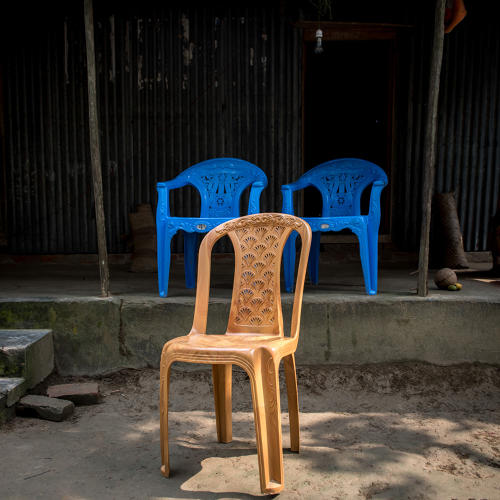
And the United States

And in Mexico
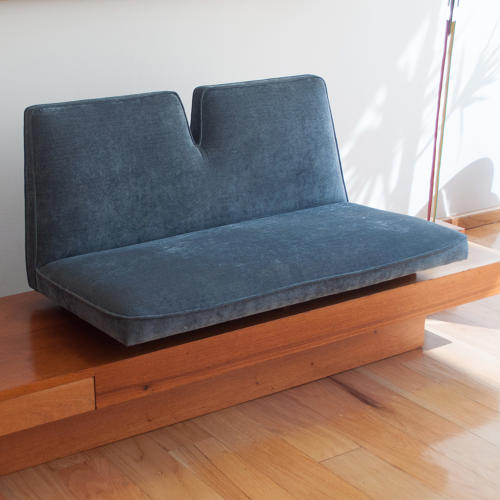
Fast Company , Read Full Story
(26)

